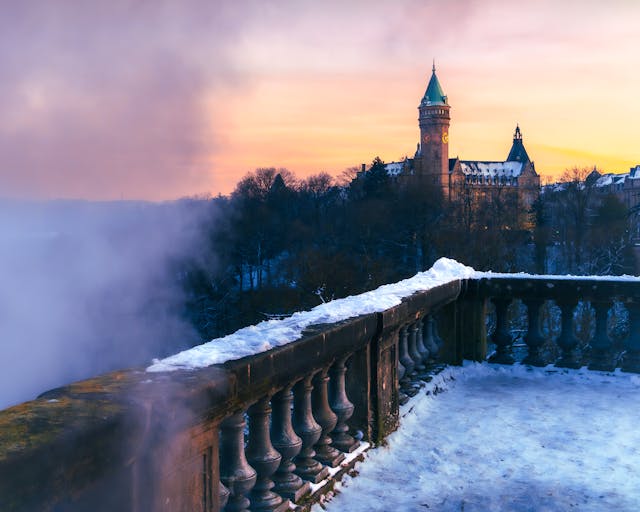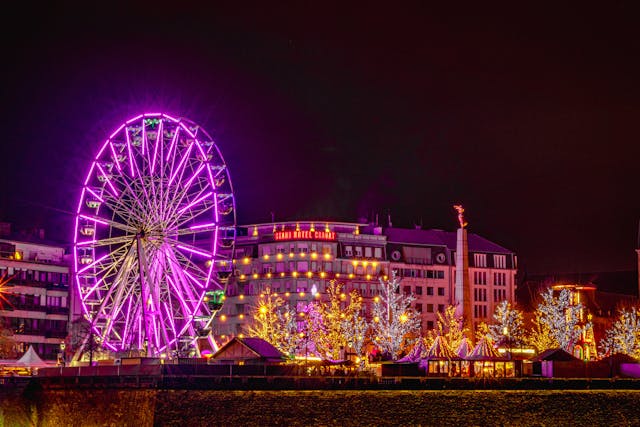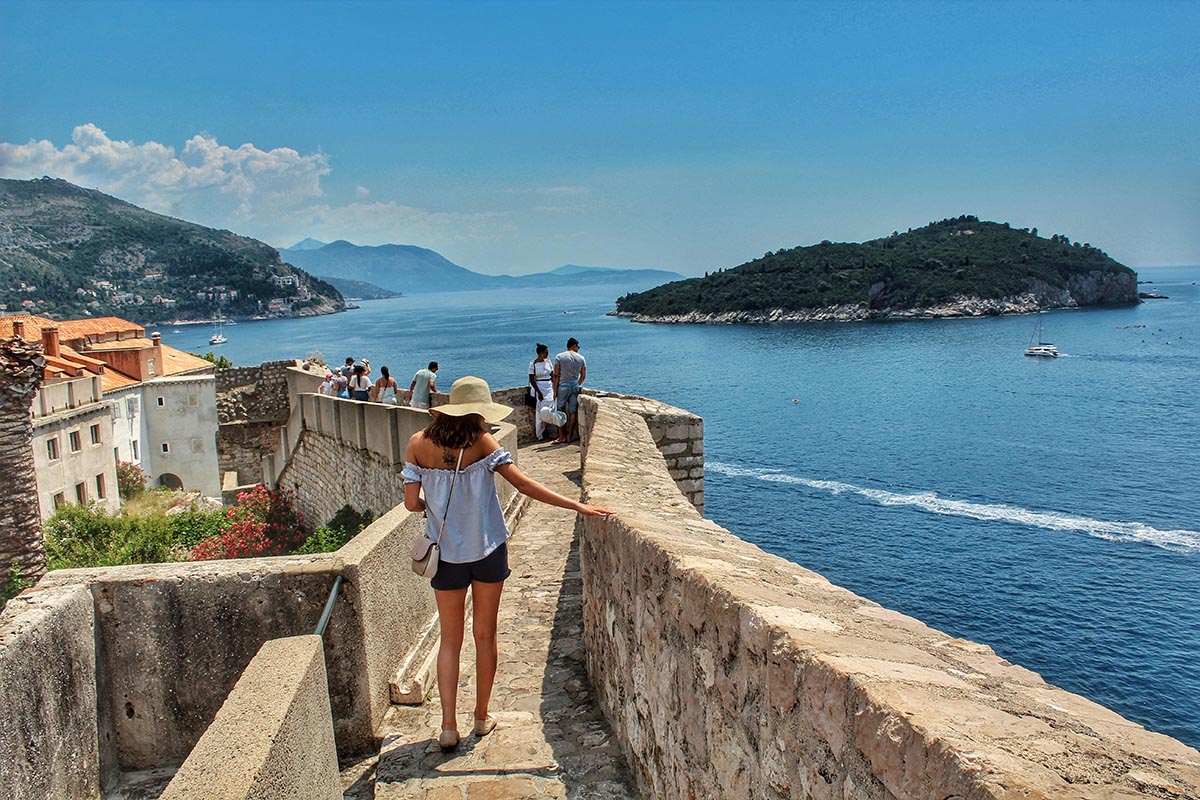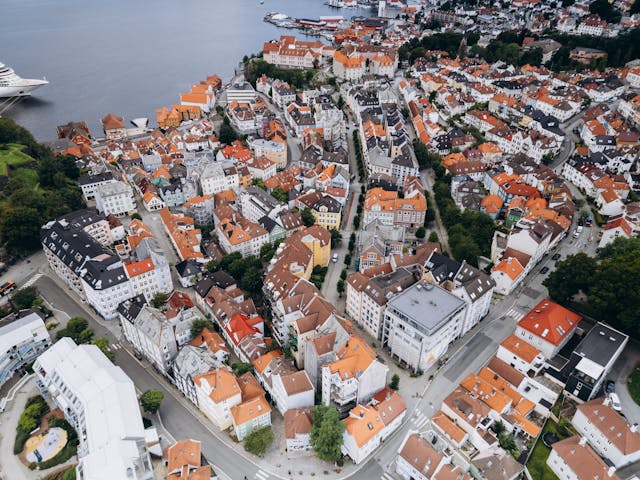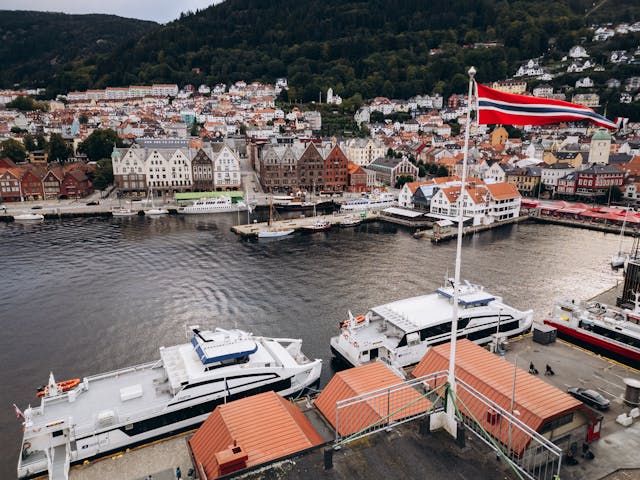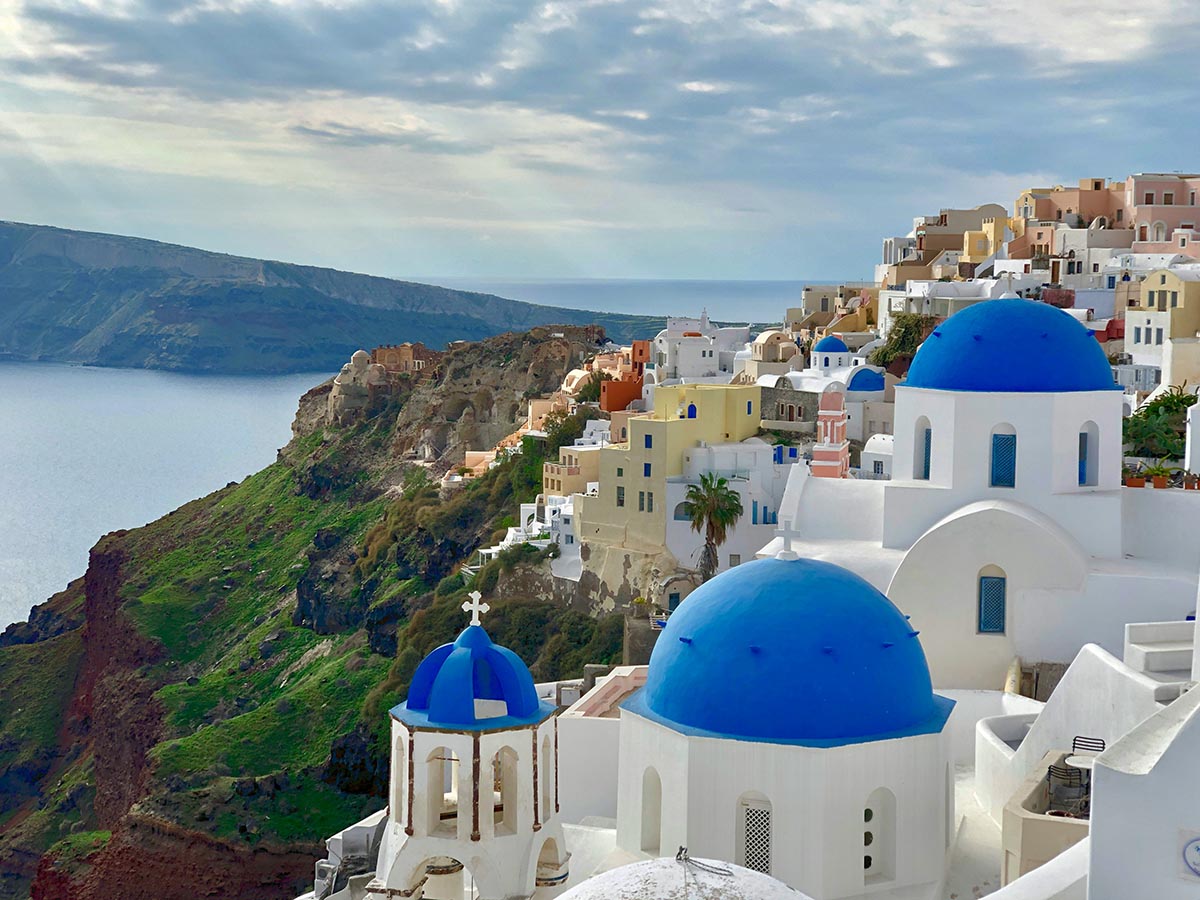
In Greece, stories live in the soil. Every path seems to echo footsteps of gods, heroes, and mortals whose lives blurred the line between myth and reality. From the heights of Mount Olympus to the sun-drenched trails of Crete, hiking in Greece is never just a walk-it’s a journey through history, legend, and breathtaking natural beauty. Here, you don’t just climb peaks or trace ridgelines; you move through landscapes that once shaped the tales of Athena, Hermes, and Apollo. Whether it’s a forest filled with whispers or a windswept gorge that feels untouched by time, these trails let you walk in the presence of the past.
While Greece’s coastline draws the most attention, the interior is where many travelers find true wonder. Mountain villages, ancient footpaths, and secluded monasteries make this country a hiker’s dream. More and more Greece vacation experiences are being designed to focus on this inland beauty, trading sunbeds for summit views and beach bars for quiet trailheads. For those looking for convenience without compromise, Greece vacation packages often include guided hikes, small group adventures, and traditional stays in highland guesthouses that offer a different kind of luxury-space, silence, and sweeping views.
One of the best ways to access these routes is with a flexible Greece road trip that combines major sites with wild landscapes. Self-drive itineraries allow for spontaneous detours to mountain caves, mythic springs, or local tavernas hidden deep in olive groves. If you’d prefer something pre-planned yet personal, Athens and Santorini vacation packages from travel providers like Travelodeal offer curated experiences that make it easy to explore these mythical corners of Greece in comfort and depth.
Mount Olympus: The Throne of the Gods
Greece’s highest peak is steeped in myth-and climbing it feels like entering another world. Trails wind through dense forest, alpine meadows, and finally reach the dramatic, cloud-kissed summit. You don’t need to summit to feel its magic; even short treks offer grandeur and mythology in equal measure.
Vikos Gorge: Nature’s Cathedral
In the Pindus Mountains lies Vikos Gorge, one of the deepest in the world. Hiking through its limestone walls, alongside rivers and stone bridges, is like walking through a secret. Tiny villages like Papingo or Monodendri offer a perfect base, blending tradition with access to unforgettable routes.
The Minoan Pathways of Crete
Crete’s mountains are full of Minoan-era trails connecting ancient settlements and remote chapels. Hike the Samaria Gorge for drama, or take lesser-known paths in the White Mountains for solitude. Along the way, taste wild herbs, listen to goat bells, and pass cave shrines still used today.
Meteora: Monasteries in the Sky
Towering rock formations rise like pillars in Thessaly, each crowned by a centuries-old monastery. Short hikes here reveal panoramic views and spiritual silence. Even if you’ve seen photos, nothing prepares you for the moment you stand beneath these surreal stone giants.
Zagori’s Stone Villages
Linked by arched bridges and cobbled paths, the Zagori villages in northern Greece offer a network of hikes through lush forest and gentle hills. Each village feels timeless, with warm hospitality and local food waiting at day’s end.
Final Thoughts: Follow the Legends
Hiking in Greece is about more than exercise-it’s about stepping into stories. With every climb and descent, you move through landscapes that have inspired gods, poets, and travelers for centuries. Let the mountains lead, and the myths will meet you along the way.

